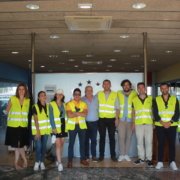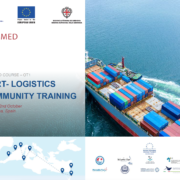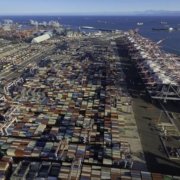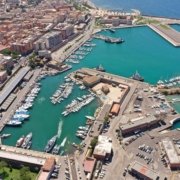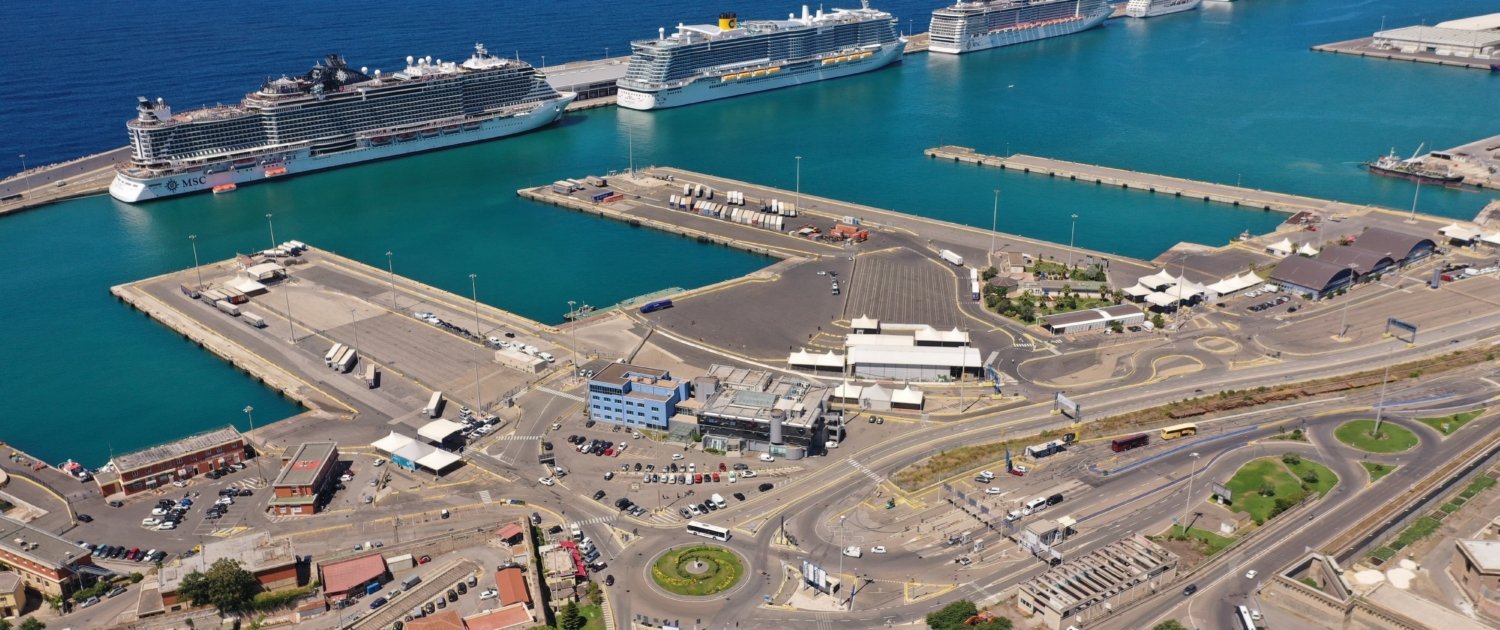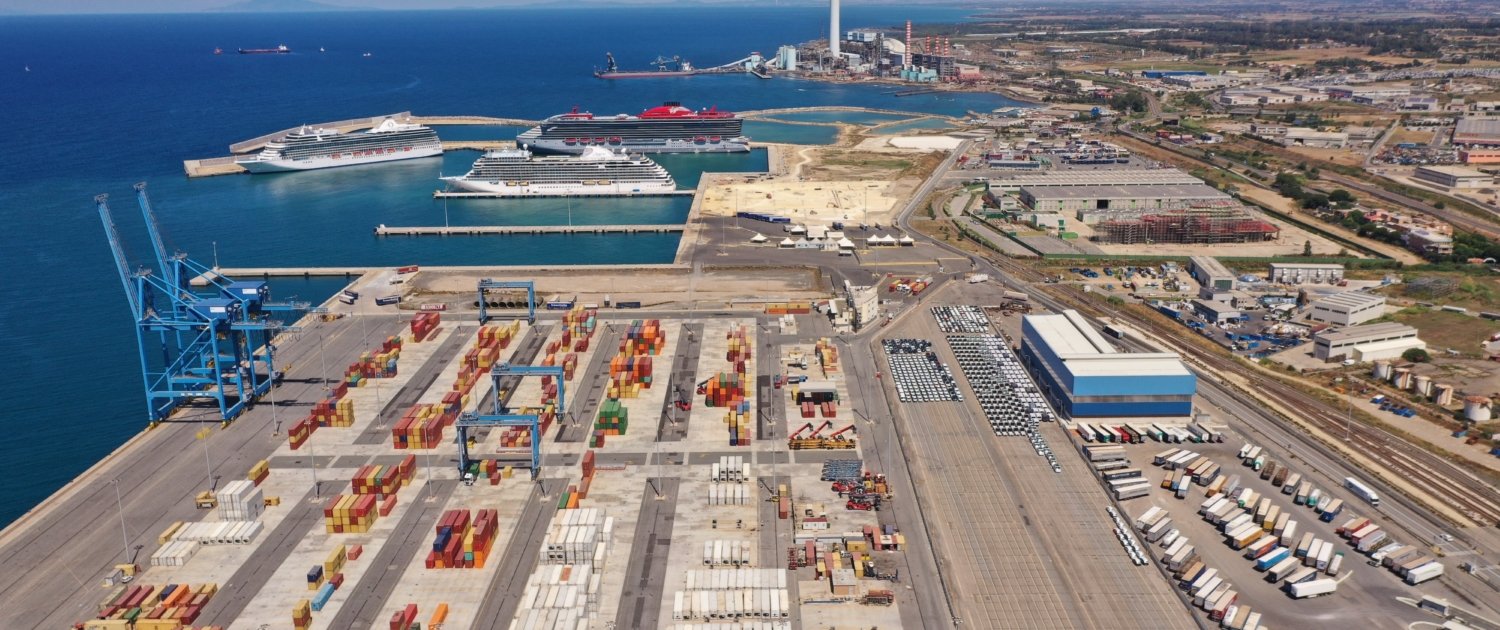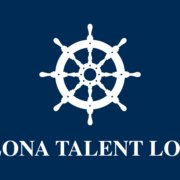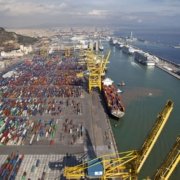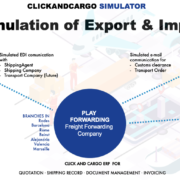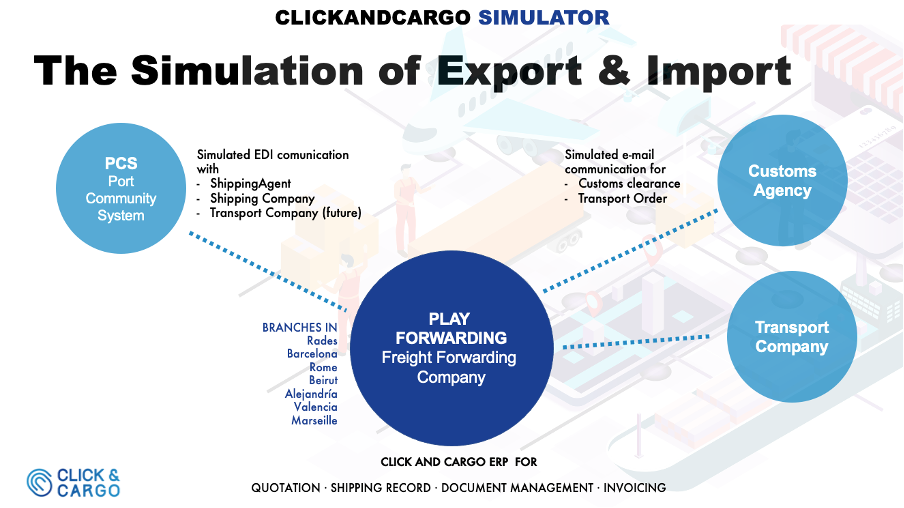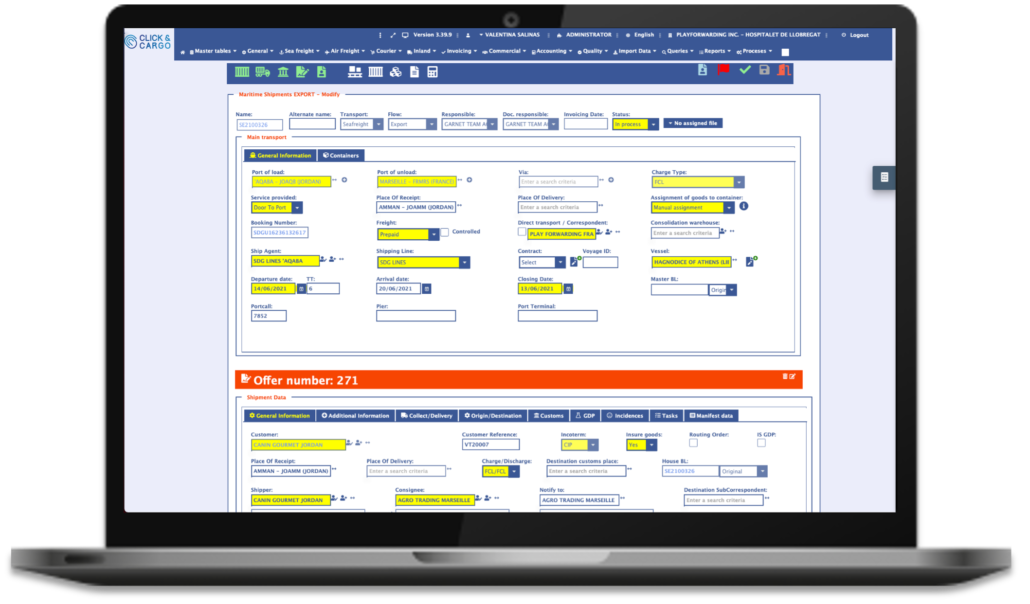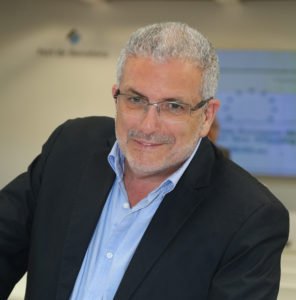The Energy Transition
The Mediterranean, like the rest of the world, faces the need to seek out renewable energy sources. The consumption of hydrocarbons and energy produced with fossil fuels is reaching the end of the cycle. Governments face the need to seek alternatives that will maintain economic activity while reducing the environmental impact of emissions. Energy efficiency and the progressive penetration of renewable energies must enable economic reactivation in the short term and, at the same time, allow for the consolidation of the value chain associated with their deployment. They are also the pillars of decarbonisation, which gives a boost to the rest of the sectors while improving business and industrial competitiveness through a downward price path.
The energy transition also promotes the implementation and development of new technologies, which are fundamental for managing the demand for electricity and the supply of security in a 100% renewable system, in an industry segment in which the Mediterranean has the potential to acquire leading positions.
The development of hybrid plants allows for more flexibility. Different types of technologies can coexist in the same system, which can already be seen, for example, in wind power plants utilising solar panels. In such cases, the energy can be distributed using the same connection point and the access capacity already granted, provided that the technical requirements are met.
According to the Observatoire Méditerranéen de l’Energie (OME), “it is estimated that energy demand per capita will increase by 62% in the Southern and Eastern Mediterranean countries by 2040 (using 2018 as the reference year). The Mediterranean region is also experiencing intense industrialisation and growth in tourism, putting additional pressure on available energy resources” (UfM, 2019).
These regional challenges, if adequately addressed, can be turned into business opportunities that can contribute to a sustainable energy transition. The Mediterranean is rich in renewable energy sources, such as wind, sun and water. Therefore, it has the potential to promote the transition to more sustainable and low-carbon energy systems. There is also the potential to increase energy efficiency through the development of new technologies that allow, for example, energy-saving and storage. Moreover, the development of gas and energy transmission interconnections will lead to the progressive integration of energy markets in the region, which is an opportunity for countries to better address the energy security challenges.
The problem is addressed from various perspectives depending on the “community” from which it is analysed. The most visible today is the city, which is currently undergoing a process of significant changes due to the evolution of distribution caused by the rapid growth of e-commerce (further accelerated by the COVID-19).
Ports have initiated determined shifts towards an energy transition in their territories. This has led to the emergence of professions such as officers in charge of the energy transition. The working programmes go through the different elements that make up energy consumption and their sources of production.
The first issue is a legislative framework that has been developed to force the transition while maintaining a certain rate of deployment. A second point relates to savings and efficiency policies, as these are aspects that can be applied immediately and with excellent results if used correctly. A third issue relates to energy sources, and significant changes have already been made in recent years in this regard. Gas has played a leading role in the last ten years, and during this period gas-powered ships have been built, supply systems for trucks have been developed, and some tests with port machinery have been established.
One of the critical aspects that condition the implementation process of low-sulphur fuels with low CO2 emissions is the possibility of the Mediterranean being declared an Emission Control Area (ECA). This is one of the most rapidly changing scenarios for the future. The Mediterranean will be an ECA area no later than 2024, as decided at the meeting of the Contracting Parties to the Barcelona Convention (COP21) held in December 2019 in Naples. The agreement will lead to the presentation of the proposal at the Marine Environment Protection Committee (MEPC) of the International Maritime Organisation (IMO) in 2022.
This is a significant challenge for the shipping companies, which have been working on the emission reduction aspects for years. In 2018, the IMO adopted Resolution 304(72) on the initial strategy for the reduction of greenhouse gas (GHG) emissions from ships, which set a reduction of 40% by 2030 and 70% by 2050. The lifespan of a vessel is approximately 30 years, so times should be calculated taking this into account (IMO, 2018).
Today’s large fuel families are also in transition. Liquefied natural gas is evolving towards biomethane and hydrogen, biodiesel to second and third-generation biofuels, liquid petroleum gas to biogases, and bioethanol to synthetic ones. In all cases, it will be necessary for ships to dedicate more space to storage, as the energy power is lower, and they will need a higher quantity for a result similar to what is attained using traditional fuels.
Maritime transport in the Mediterranean is considered to be “Short Sea Shipping”, which in turn represents 80% of the world’s fleet and one of the main contributors to air quality in port cities. Ports in the Mediterranean are generally located in big cities and operate alongside them, seeking a balance between the advantages of having a port that provides a service and the disadvantages of port-related operations. What is clear is that Short Sea Shipping is configured as a network in the area in which it operates. Ships from the Southern Mediterranean work with the countries of the North and vice versa. Therefore, the regulations that will be implemented will necessarily affect practically all operations. It seems clear that governments will use coercive measures to force a rapid move towards carbon-neutral solutions.
At present in Spain, gas is at the forefront with a prepared infrastructure that will make it possible to reach 2035 without the need to invest in this concept. For operators, it is profitable because they must bear a significant initial investment to adapt their ships. Still, the cost of fuel is more economical, allowing a return on investment in a relatively short time.
In recent months, hydrogen has been gaining ground as an alternative to traditional fuels in maritime transport for several reasons. It is abundant and available everywhere. In a fuel cell, the generated waste is O2 and water. As a fuel, it has zero emissions, is not toxic, is not a greenhouse gas, can be produced from renewable resources, and is a source for other fuels such as e-fuels and blue fuels. We will have to get used to new nomenclatures such as “Green Hydrogen” produced from renewable energies or “Blue Hydrogen” generated from gas, which generates CO2 in the production process that is captured and stored in underground deposits. Hydrogen has the disadvantage of being difficult to store and transport, and involves complementary elements such as ammonium, ethanol and octane. Ammonia stands out as it is a substance that does not contain carbon in its molecule and therefore does not generate CO2 emissions during its decomposition reaction, besides being the second most-produced chemical compound worldwide after sulphuric acid.
Research is currently underway for the subsequent decomposition of ammonia for its use with catalysts. These include graphene, which due to its characteristics could be an ideal candidate. From a Mediterranean point of view, it is clear that energy sources based mainly on solar energy and gas provide a significant competitive advantage, as the changes that are expected to occur are relatively rapid.

